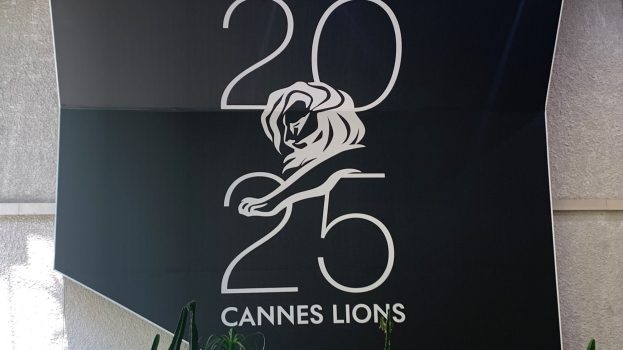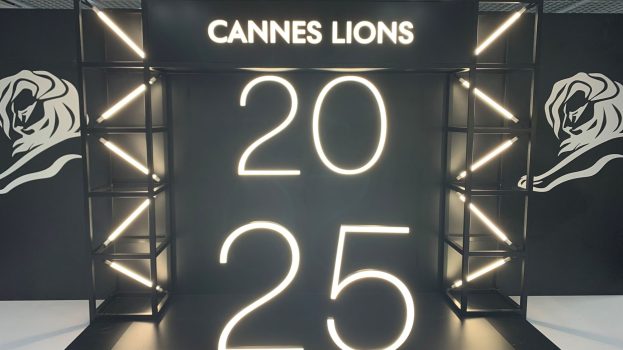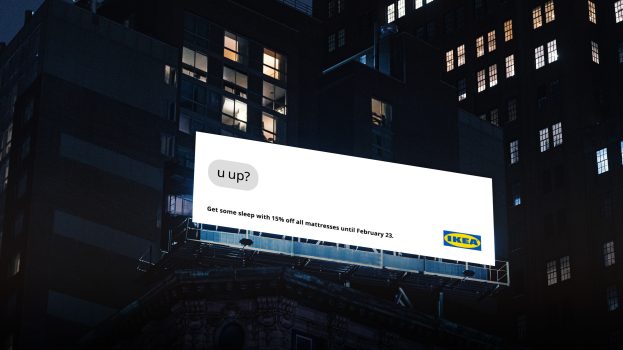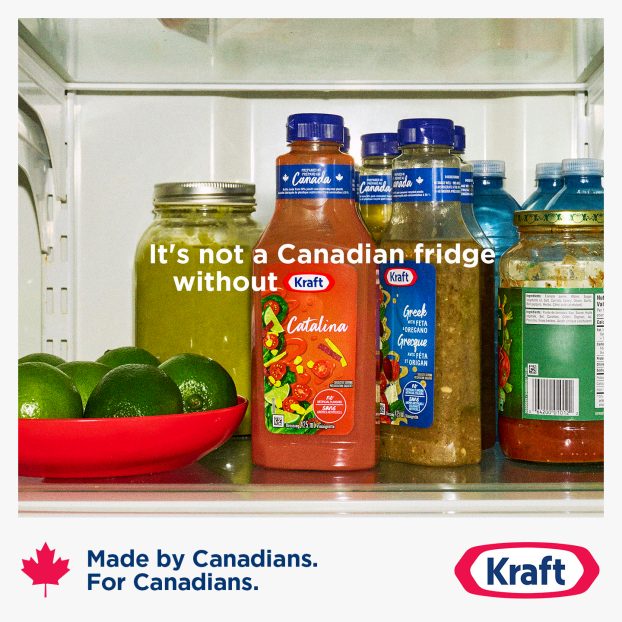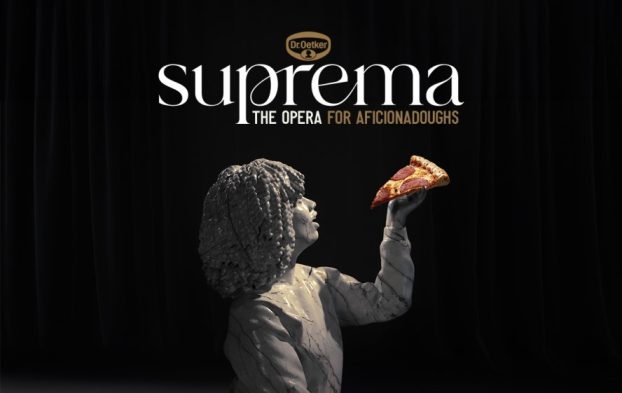If anyone had any lingering doubts that the old ways of marketing beer have changed forever, they were pretty much removed when John Labatt Limited announced the appointment of Hugo Powell as president of Labatt Breweries of Canada. The classic packaged goods marketing-trained Powell is certain to stir things up in the high stakes beer business.
And he really has his work cut out for him.
Dealing with today’s flat to declining beer market would be challenge enough. But Powell must also prepare for intensified competition at home with the pending removal of inter-provincial trade barriers and a possible onslaught from the u.s. breweries now that gatt has ruled that Canada must create a level commercial playing field in relation to u.s. breweries. This, together with other dramatic changes that are taking place among consumers, is the scene as Powell, known for his sharp, strategic mind and quick decision-making, takes the helm at Labatt.
Powell spoke with Strategy recently to share his thoughts on what lies ahead. He began by outlining some of the dominant themes that will recur in the emerging story of Labatt over the next few years.
‘-High profile Canadian institution in a world where its competitors are foreign-controlled corporations in every case, coming from behind.
‘-Already doing better than perceived, but poised to do even better.
‘-Choosing to say less and do more, rather than engaging in public relations fisticuffs over things like Molson Blue and trademarks. These are really just distractions that don’t accomplish anything.
‘-Doing things right to come from behind.
‘-Setting out to change the rules of the game, to create, thereby, new competitive advantages.
‘The end game that we’re aiming at is very different from the one over the past 20 years.
‘What we will achieve is new bases of competition which are aligned with our ability to be superior.
‘The mission for the Labatt management team is to create new rules of the game and establish competitive advantages because the competition will have to adapt to a new battleground, timing and set of weapons of our choice.
‘So far we have been working to someone else’s agenda and now we have the chance – coming through this period of change, which is always threatening – of creating opportunity. By seizing opportunity behind a clear vision and by aligning our resources properly, we can create new competitive advantage. That’s what we’re all about.
‘If you look at the last 20 years of the brewing industry, real identification of real consumer needs and fulfilment of those needs with products and services has been very low. Around the world, innovation in the industry has been low. Attached to that would be other pieces, like commitment to research and development, which also has been quite modest.
‘The past two decades have witnessed absence of any real innovation, and in that absence, companies have elected to compete by marketing through the expenditure of huge sums of money. If you really look at how that money has been expended, the mission has been in large part to create differences in consumers’ perceptions of products when no difference existed.
‘The future can, and indeed, will be very different. Consumer needs are significant, and you only have to look at the changed role of women in our society, and the lack of response in our industry to those changes, to realize that there are a whole new set of opportunities out there for us.
‘Who we talk to, and how we choose to talk to these people, needs to change. We need to listen to those consumer needs and act to fufill them, and that requires a whole new competence in research and the interpretation of research. There needs to be a link to r&d. The r&d competence needs to be high.
‘All of these activities need to be focussed both on playing inside the box – which is today’s competitive set where you would tend to look for incremental improvements. And they need to be focussed outside the box – where you are breaking new ground that’s beyond people’s perception of what the industry could do and what consumers’ needs are.
‘By doing those things you limit the need to spend huge sums of money on marketing because where you have a real difference you have a consumer that fights his or her way to your product.
‘The current success story of Labatt Genuine Draft is the best illustration of how the game has changed already and will continue to change because of that success.
‘Looking backwards, our most successful brand launch as a company would be the Budweiser brand. Budweiser has been in the market for 10 years. It’s got about a 3.5% share in Ontario and about a 5% share nationally. One of the most exciting things about Budweiser is that its share of the youth market, typically people in the 19 to 34 age range, is about 10%. That is a very important bellwether for the future since they’re the primary drinkers of beer. So there is an important reference point. Budweiser is a successful brand, and over the 10 years we’ve spent huge sums of money to gain trial, image and acceptance of what already started out as North America’s best-known brand.
‘Labatt Genuine Draft has been in the marketplace in Ontario just over three months. It has slightly under a 6% share in 12 weeks. It has 10 share points of the youth market. At this point we have spent very modest sums of marketing money to achieve that. The big investment was in capital and r&d to create a better product. Having created a better product, we’ve been able to spend dramatically less money because once we got trial and a connection to the consumer, it was an instant: `That’s what I want.’
‘One of the particularly good things about the product is that the mouth feel is lighter and lower in carbonation effect. As a result, women particularly like this product. I know from my days at Everfresh (John Labatt’s fruit drink company where Powell was president before moving to the brewery) that women have a desire for carbonation levels dramatically lower than what you would normally expect.
‘We were never developing products that were low enough in carbonation effect. We always presumed, as men, that beer needed to have traditional reference points. We then learned through research that we could go lower, and that the lower we went, the more we changed the appeal profile.
‘So we now have a product that has changed the traditional way of doing business and the results are spectacular.
‘Therein lies the story of what we believe lies ahead for the next decade. It will be all about finding out what the consumer really wants and needs, creating the product that suits those needs in a differentiated form through your r&d, then introducing it to the consumer. And in that regard, Labatt Genuine Draft is an early prototype of what can be done.
‘The other part of the story of Labatt Genuine Draft is in the way it was launched. How did we get trial? How did a significant number of women in our user group get persuaded? Traditionally we would have gone to the licencee community and we would have introduced the new product to the owner of the establishment. The connection between Labatt and the owner would be close, but then it would be filtered to the staff and filtered again from the staff to the eventual consumers.
‘This time we created events for the servers. We focussed on those licenced establishments that serve primarily the youth market. We took these people away from their place of work for about five hours and we introduced the product to them. They went back to their peers and their communities and it suddenly was like a wartime story. It became larger than life. They were so excited to be part of the program rather than an afterthought. They got it first-hand. So when they were serving and their customers asked: `Anything new?’ or `I’m from out of town what do you suggest?’ The answer was Labatt Genuine Draft, said, I’m sure, in eloquent and persuasive terms.
‘We simply got connected to the right people, which once again is evidence that you don’t need a lot of money if you’ve got the right proposition.
‘We’re certainly not saying that advertising no longer has a role to play. But we are saying: `Let’s put some dimensions to it.’ We spend about $25 a hectolitre on marketing. Anheuser Busch spends about $9. The American industry in the aggregate, which takes into account many of the small people who have to spend more pro rata, spends about $15. We’ve been beyond what might be considered a wise, prudent, sustainable, non-overkill level. In fact, far beyond. We are committed to coming down by about $10 per hectolitre to about $15. Even at $15 it’s a huge level of spending, potentially about $140 million a year. We have been spending about $220 million. We’ve made a commitment and we’ll be there in less than three years.
‘Even at $15, it’s a considerable sum. We could be spending at that level and still be an incredibly visible, leading marketer and absolutely high profile while still addressing the consumers’ needs for badge and image, reassurance and trial and so on.
‘But to the extent that we can best effect change, we can redirect that investment towards new forms of competitive advantage.
‘If we can get tomorrow for 50 cents what today costs a dollar, we are then able to reinvest part or all of that money into areas where our competitors aren’t doing a good job and change the rules of the game.
‘Now, with respect to the talent we’ll need to help us get there: we’ve had an unwritten philosophy wherein, like many companies, having lots of suppliers is a good idea. More is better. It represents choice and new sources of thinking and creativity.
‘Our vision for the future is that we want to move from suppliers to partners. Partnership relationships. We want them to be long-term and be mutually rewarding, and profit is the basic test of that. As the business becomes more demanding so the expectation from our partners will rise. And for them to be able to meet those expectations they’ve got to have enough of our business that it commands their attention and that they can make a good living on that.
‘If we ensure they have a good living, we have leverage.
‘Our present situation is one in which we have a significant number of suppliers who don’t feel they are in a partnership relationship with us. We aren’t close enough together. They don’t understand all of our thinking and our needs, and they aren’t making enough money to give us the leverage we need to be able to insist on more – greater levels of service, or creativity or breakthrough thinking.
‘So we’re very much changing how we view and want our relationships with suppliers to be.
‘We have very important relationships now. They are a reality that must be recognized. That being said, what we’re doing now as a management team is thinking carefully about where we want the business to go, what the competitive advantage deck should look like, what we want it to be, and then what must we change, or retain, to make that reality in an acceptable time period.
‘That might be characterized as a greenfield discussion that sets the playing field.
‘The final and critical step is to then ask what is today’s reality and how do we go from today’s reality to that vision. It’s unrealistic to contemplate that we can ignore today’s reality, specifically suppliers, if we have ones that very much belong with us for the future. Then we must work with them to move from today to where our vision takes us for tomorrow.
‘It absolutely isn’t in the cards that we abandon all traditional relationships and start again.’

